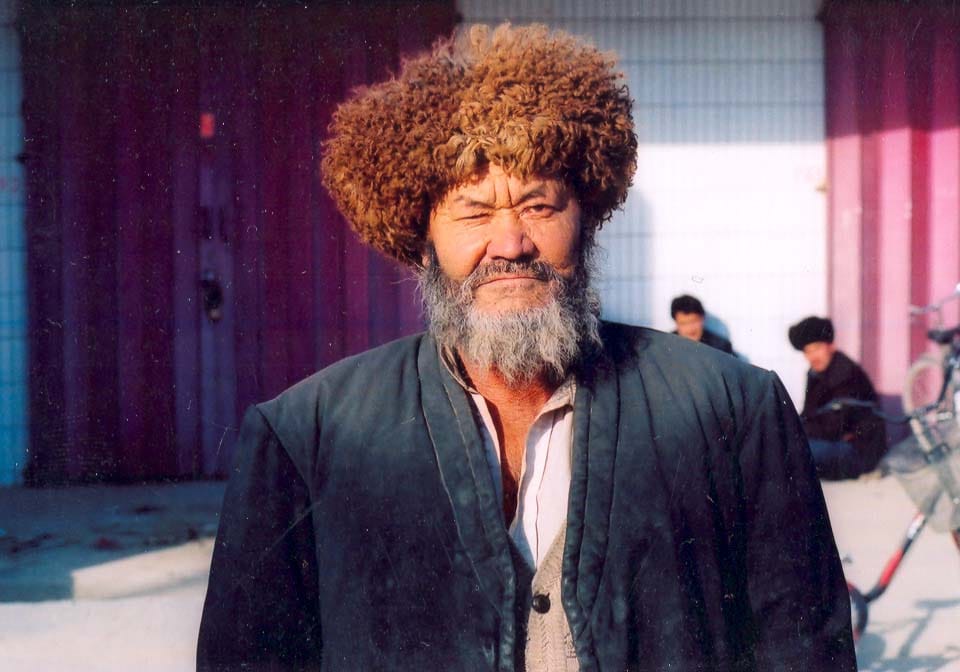Reported Mass Internment of Uighur population in China’s Xinjiang region

Vocational training centres for Uighur Muslims have been written into the legislation of the Chinese region of Xinjiang. According to estimates cited by the UN there are approximately a million Uighur Muslims who have been forcibly interned in these centres. However, the governor of the Xinjiang region, Shohrat Zakir, quoted in a report by the Xinhua News Agency said that they are ‘free vocational training centres and those in the centres are provided a basic income’.The Muslim Uighur population are a Turkic national minority situated mainly in China’s north-western ‘autonomous’ region of Xinjiang, where they make up 45% of the population.
“The BBC and Guardian, for example, are tending to estimate between tens of thousands and millions.”
Different institutions and organisations give different figures for the number of incarcerated Uighur people. For example, the BBC and the Guardian provide estimates of between tens of thousands and millions. The latter figure was recently put forward by panellists on the UN’s Committee on the Elimination of Racial Discrimination.
According to a former internee interviewed by an Associated Press journalist, in these centres Chinese officials attempt to force Uighur’s to assimilate into the ethnically dominant Han culture through Mandarin lessons. The officials attempt to shift Uighur people away from their main religion of Islam, towards ‘Xi Thought’ Marxism-Leninism. Xinjiang officials though state that the centres are just to tackle the perceived and at-times actual radical Islamist threat to China’s internal security, through thought transformation.
Both formerly interned Uighurs and their family members describe the prison officials regularly forcing them to sing Chinese socialist songs and subjecting them to more intense forms of psychological and physical torture as punishment, for example, for speaking the Uighur language.
In July 2009 there were riots between Uighurs and the Han Chinese in the regional capital of Ürümqi. Around a 197 people were killed in the clashes, though it remains unclear how many deaths were caused directly by the Uighur protestors and how many by the security forces. Following the riots the Chinese government imposed a communications blackout in the region, that lasted 10 months. China’s attempts to control its Uighur population may seem to stem from these riots, but China has been increasing control on islamic practices as far back as 2001, when they banned private visits to Mecca.
As per a report in The Economist, the Uighur people continue to have relatively less economic opportunities compared to the more ethnically privileged Han workers and business owners, whose numbers in Xinjiang are increasing. The Chinese government, in 2009, stepped up investment in the region but the Uighur’s complain that the Hans have reaped the major benefits from that drive.
The BBC reports that the Chinese government has banned Uighur women from wearing hijabs and that this is part of a wider campaign against Islamic practices in general, such as the sale and use of halal products.
The Chinese government justifies its mass internment of Uighur people on the basis that certain segments of the Uighur community are radicalised. The government claims the radicalisation is influenced by a decade-long ‘influx’ of insurgent Islamists from Central Asia to Xinjiang. US officials say this ‘influx’ occurs in the context of Islamist fighters, some with Central Asian origins, abandoning many areas in the region due to the Pakistani counter-insurgency. Certain commentators have more than hinted at the possible parallels between the US’s campaign to destabilise the USSR through facilitating Central Asian Islamist reaction in the 1970s and 80s, and what may be happening now around and within China’s borders.
However, any american campaign to destabilise China remains, for the time being, entirely conjectural, though it fits with China’s narrative of the Uighur independence movement being ultimately rooted in American imperialism. However, people such as Richard Morningstar, the former US Special Envoy for Eurasian Energy, imply that the US government is severely anxious about, for example, China’s effective monopoly over Central Asian natural gas supply and distribution.
Irrespective of these considerations, the situation in Xinjiang is grave. Despite there being little evidence that the Uighur people have been affected by Islamic extremist movements, as a BBC report stated ‘by committing the centres to legislation, China seems to confirming the fears of many that it is, in fact, running re-education camps for Muslims, by disguising them as vocational training centres to combat extremism’.



